Lisa Bronson Mezoff, the illustrator of the hilarious picture book Only My Dog Knows I Pick My Nose, written by Lauren Tarshis, gives an inside look into the inspiration behind the book and how the illustrations were developed!
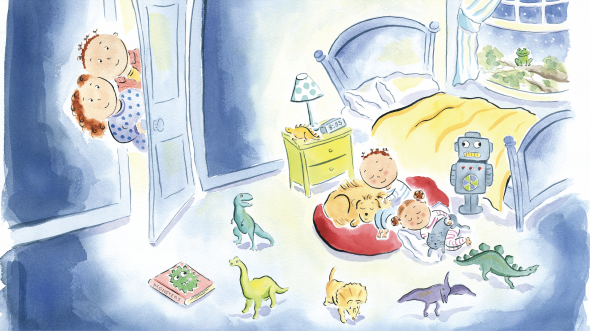
My friend Lauren Tarshis came up with the idea for the book. It was inspired by her family’s dog Roy, who knew all her kids’ secrets. While I didn’t have a dog when I was growing up, I did have a giant stuffed giraffe named Patricia who I told my secrets to. I loved Lauren’s idea, and we began our collaboration!
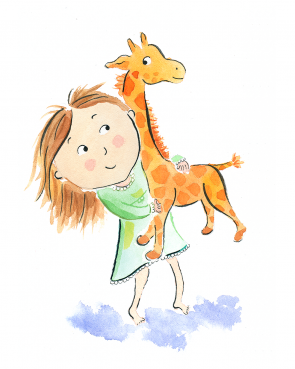
When I started sketching the characters for the book, I knew I wanted the dog to be a little bit scruffier than Lauren’s dog Roy, who is an adorable poodle. I have a friend who posts lots of photos online of his dog, Buddy. I thought he looked perfect, so he was my model. This is one of my very first sketches of the boy and his dog, and they look pretty similar to the ones in the book.

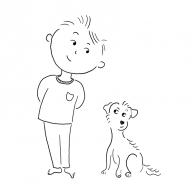

At first, we thought the book was going to be about all the funny, silly, and naughty things a kid might do when only his dog was watching—like drinking milk from the carton, wearing the same underpants twice, or climbing to reach the cookies.
We also thought there would be a subplot about the dog and his own mischief. But our idea quickly evolved to include more emotional topics, like being afraid of the dark.
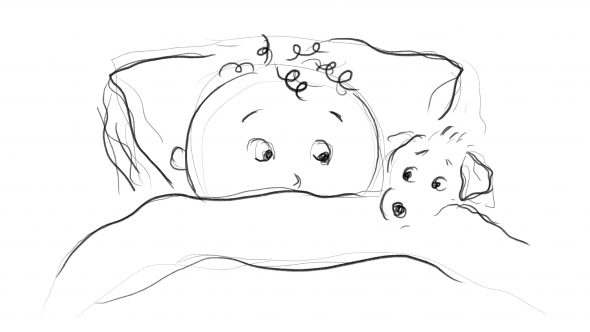
We worked on that for a few months until we realized what we wanted to explore in the book: the idea that we all have our true selves—the selves that are messy, that we don’t reveal to everyone. But they are lovable and part of who we are.
Of course, we still wanted the book to be funny and silly. And lots of the early sketches did make it into the final book—like this one, which I really relate to.
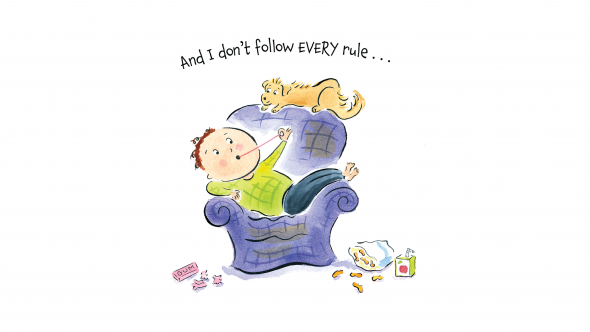
In the end, the book is not about nose picking, or burping—or even dogs. (Sorry, Roy!) It is about self-acceptance, unconditional love, and having dogs (and people) in your life who love you for who you are.
About Lisa Bronson Mezoff
Lisa Bronson Mezoff is a designer and illustrator who loves to read, paint, and eat desserts. Since she didn't have a dog when she was growing up, she told all her secrets to her stuffed giraffe, Patricia. She lives with her family in Connecticut, and you can find her online at lisamezoff.com.
About Only My Dog Knows I Pick My Nose
To the outside world, it might look like you do everything right: eat your broccoli, share your toys, and behave in the bath. But what about the moments when no one is looking, and your messier, mushier, scared-ier self is revealed? The only one who knows is... the loyal dog friend who sees it all and still loves you just the way you are.
This celebration of friendship, loyalty, and unconditional love with man's—and child's—best friend is sure to delight and entertain readers of all ages. Laugh along with recognition and delight in this ode to being true to yourself. With tender, humorous text from New York Times bestselling author Lauren Tarshis, and joyful, expressive watercolors from artist Lisa Mezoff, this sweet book presents a validating message of confidence, empowerment, and unconditional love.
Purchase your copy of Only My Dog Knows I Pick My Nose today!


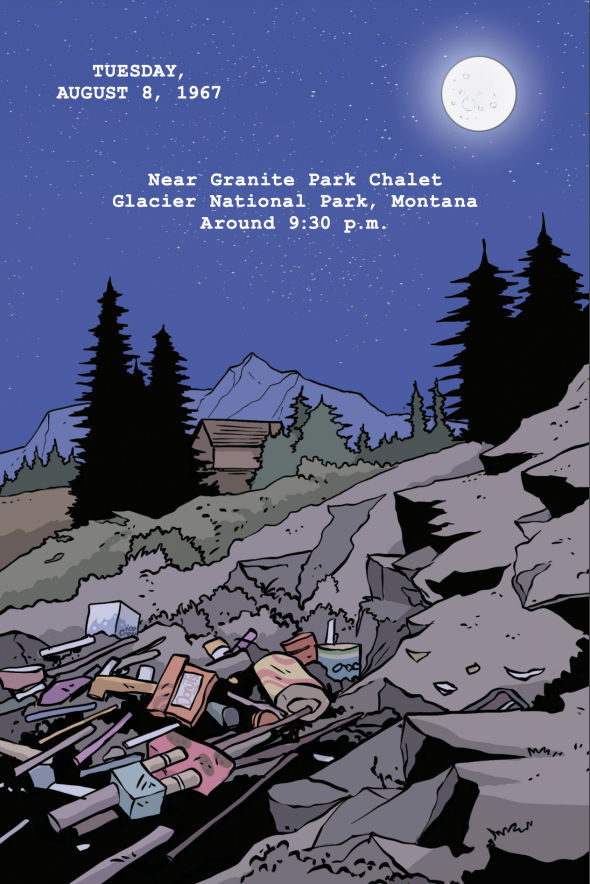
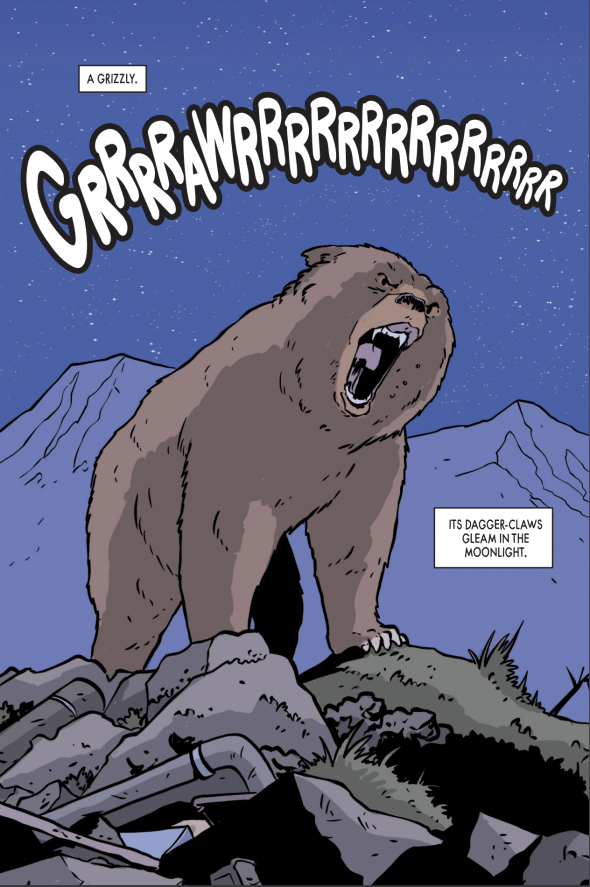
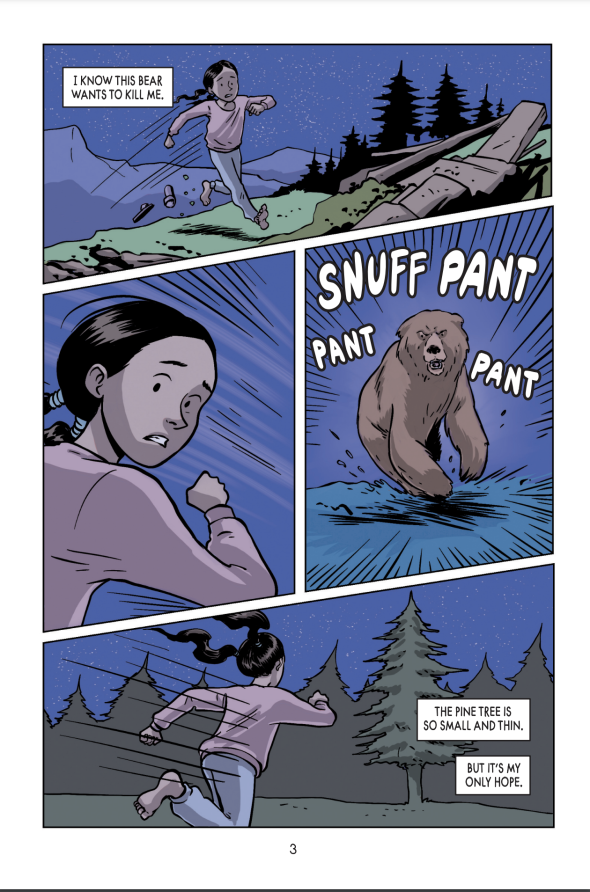
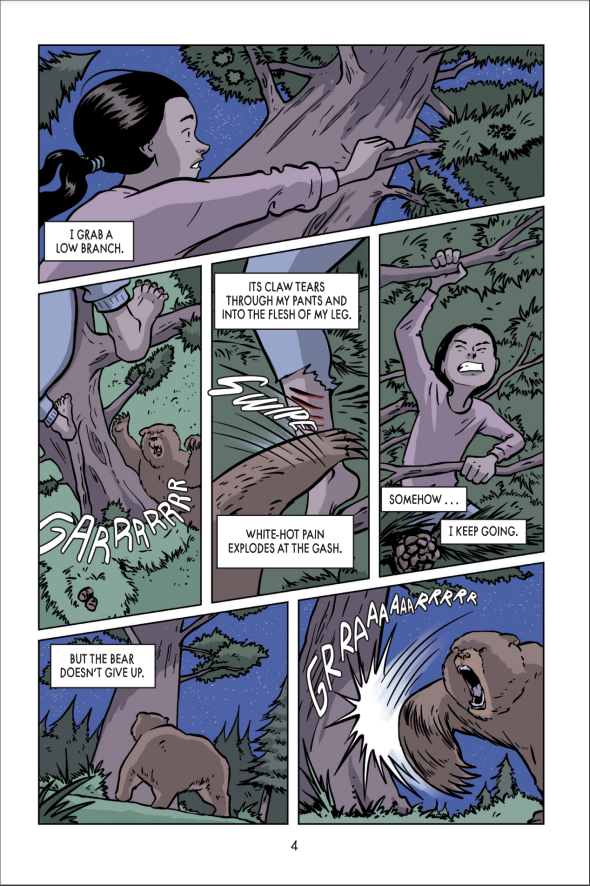
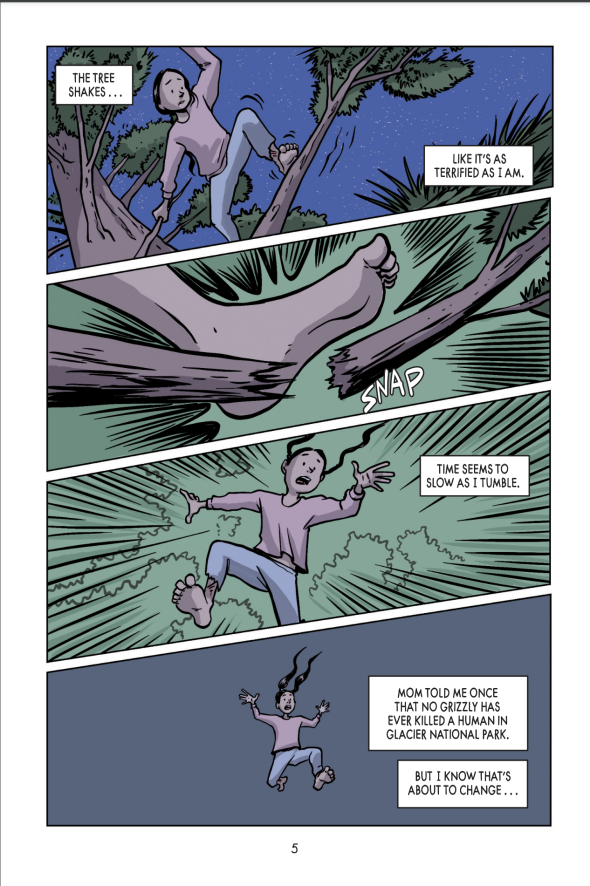
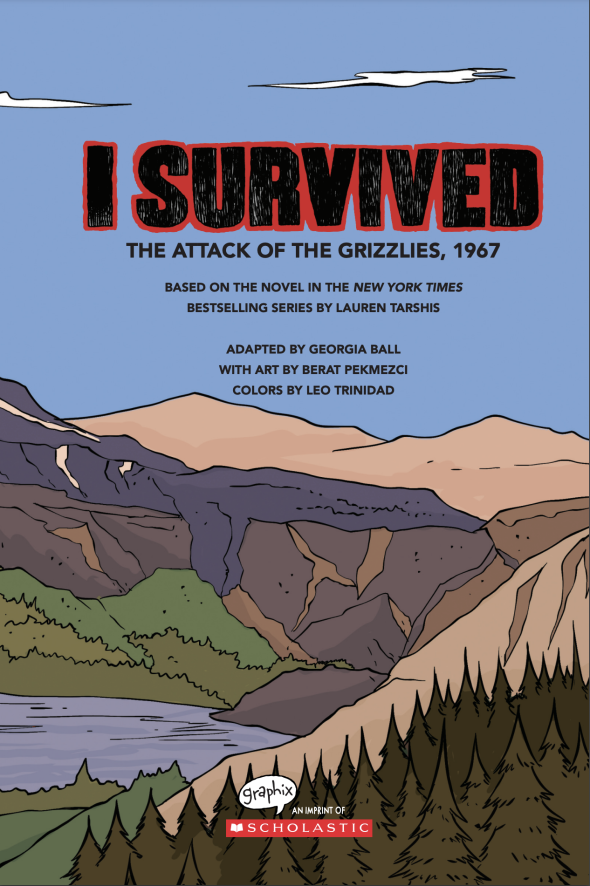
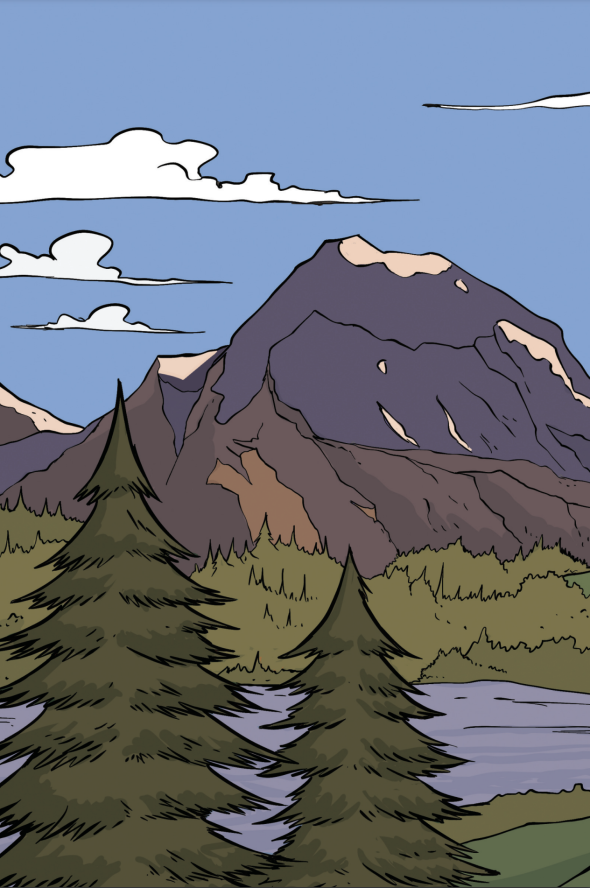
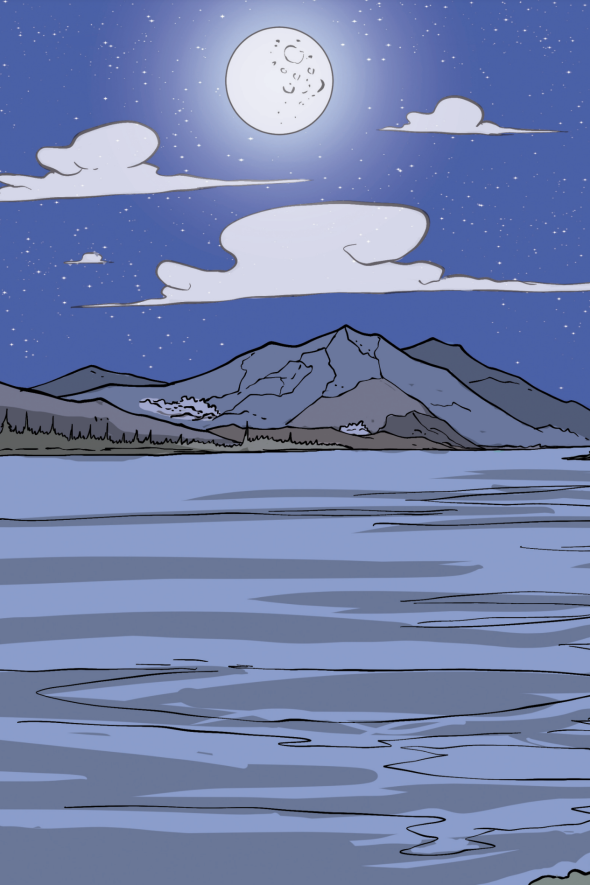
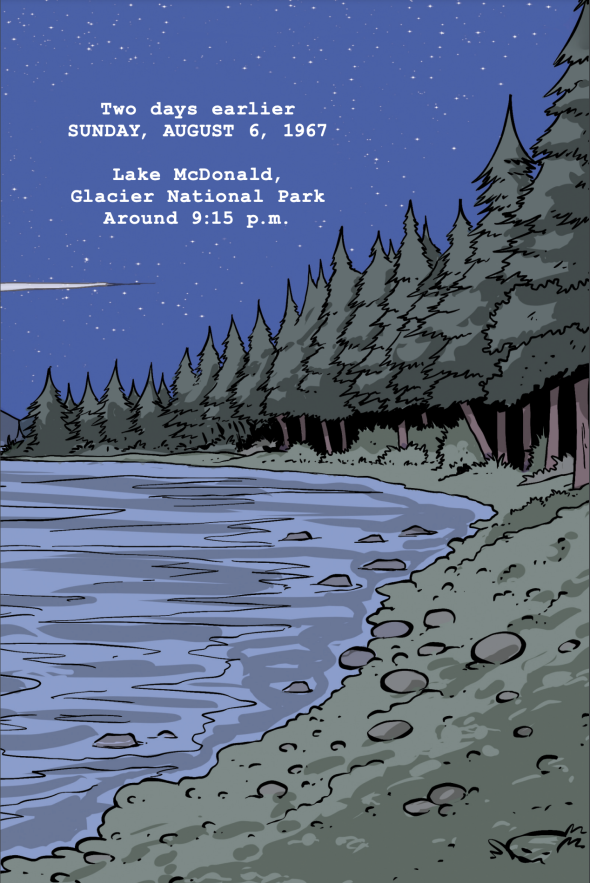
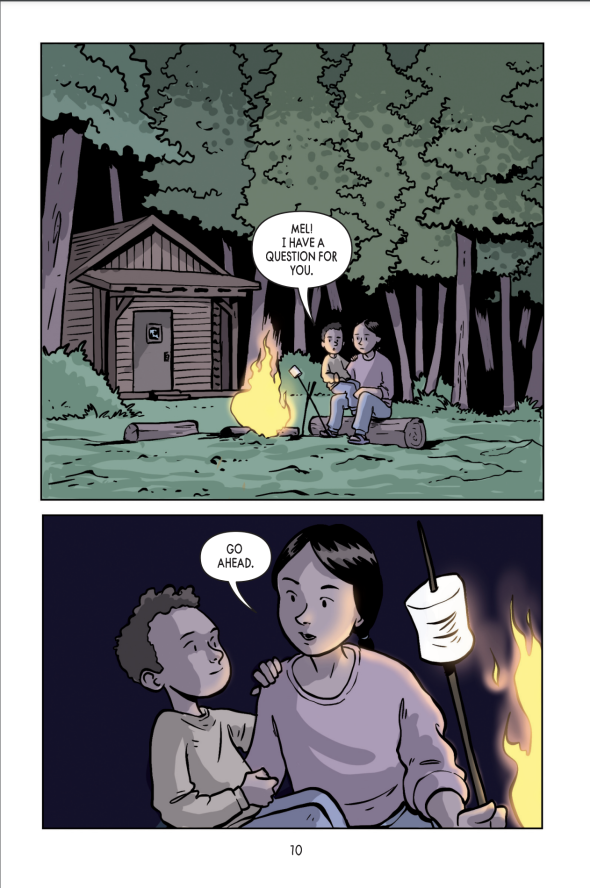
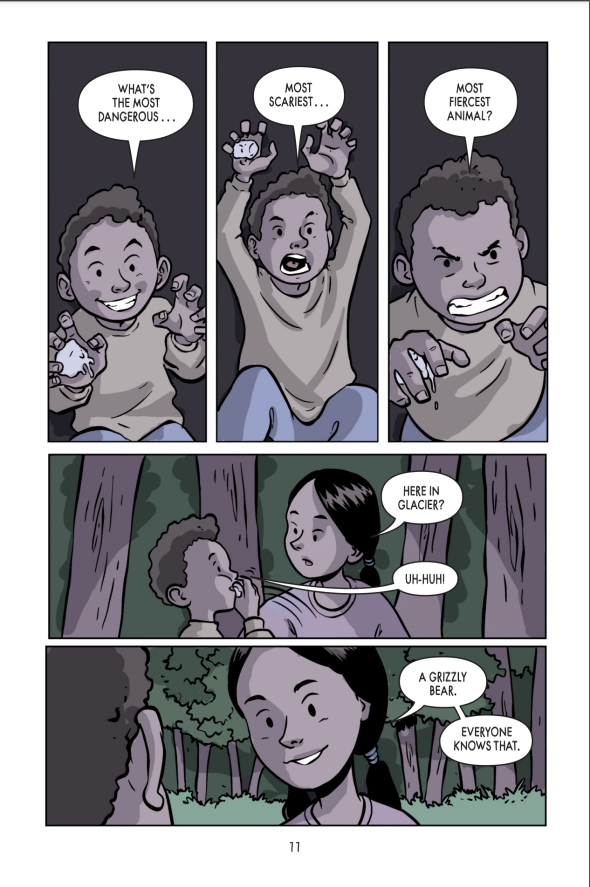
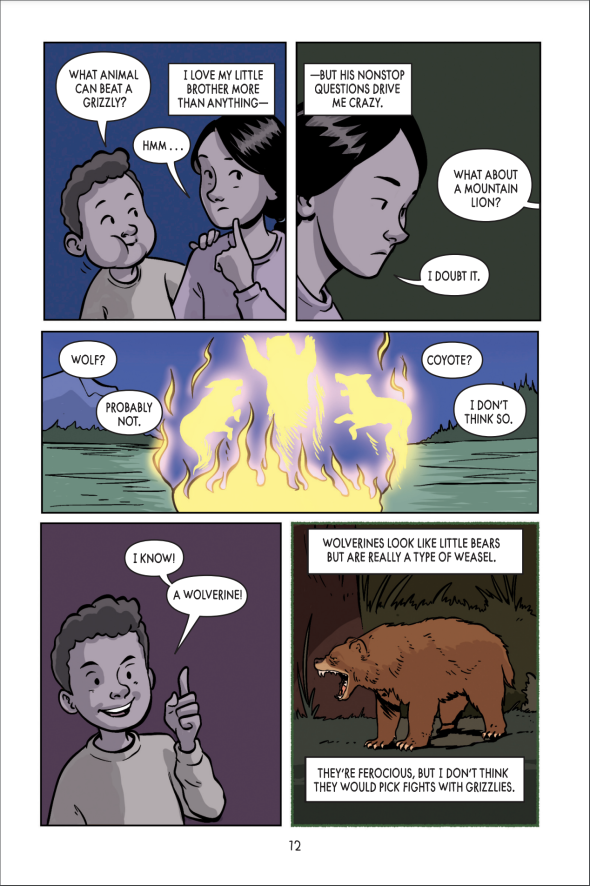
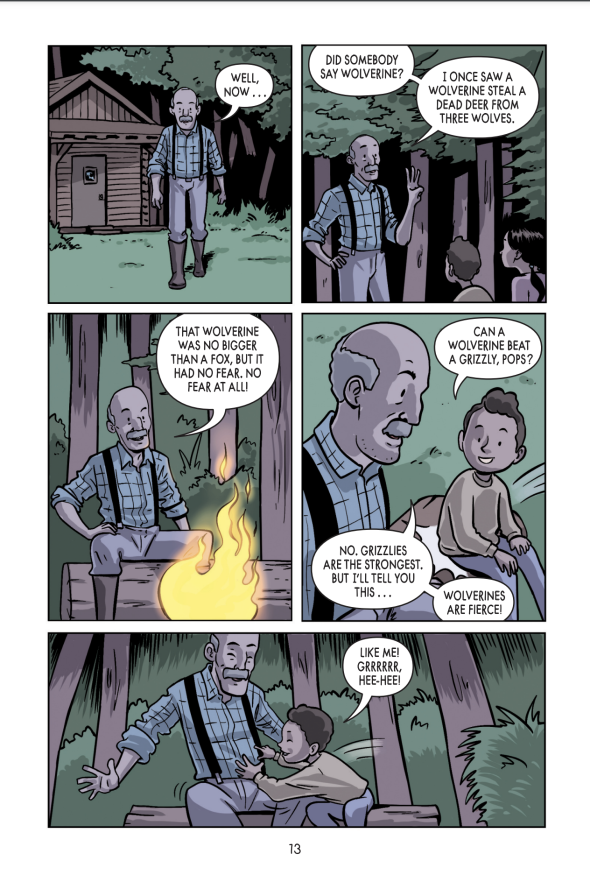
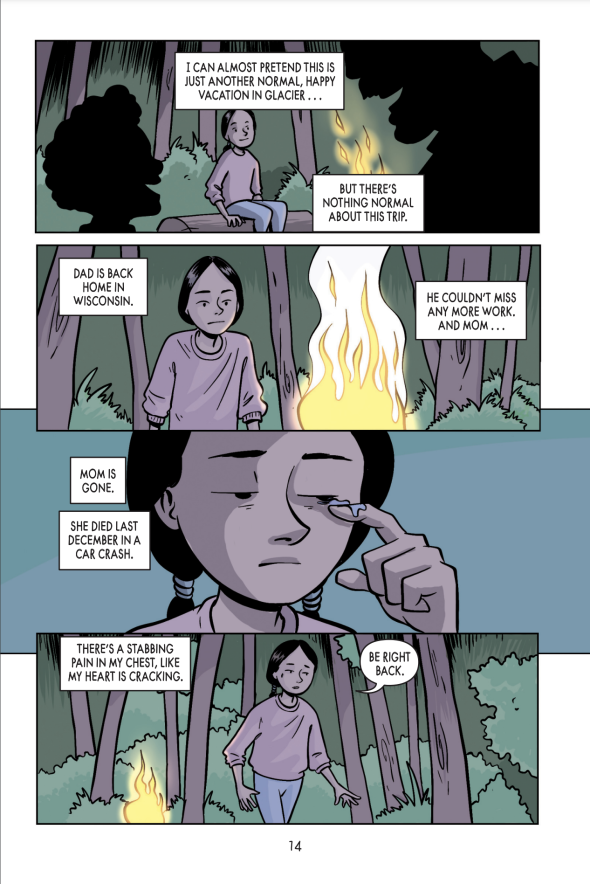
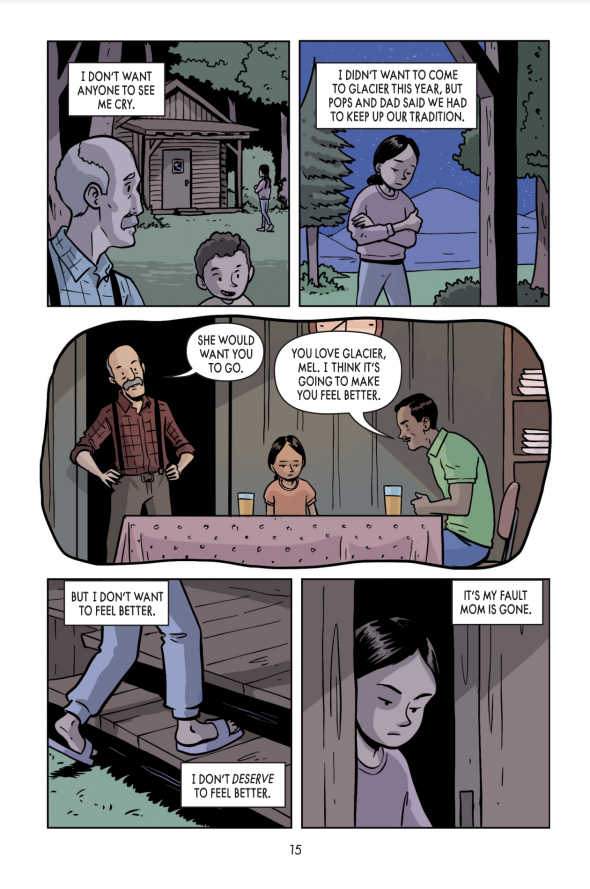







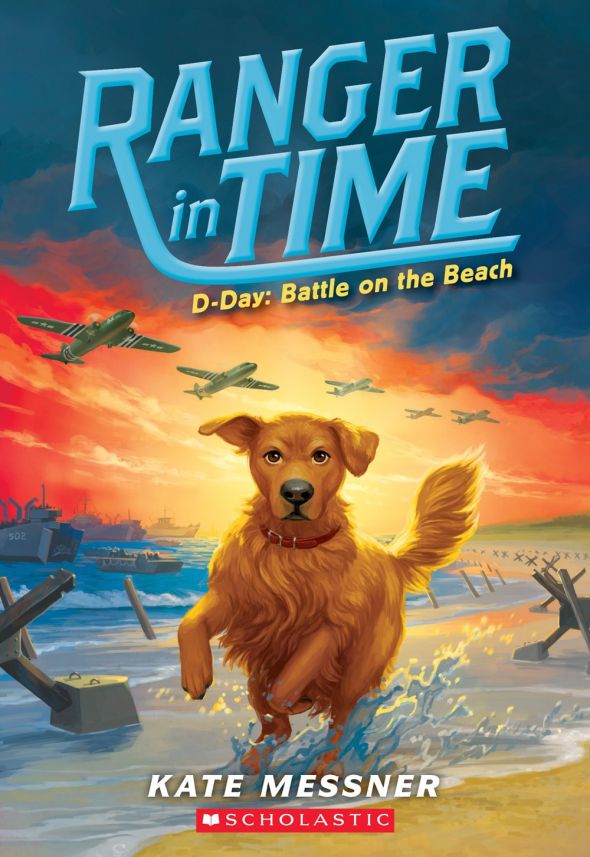
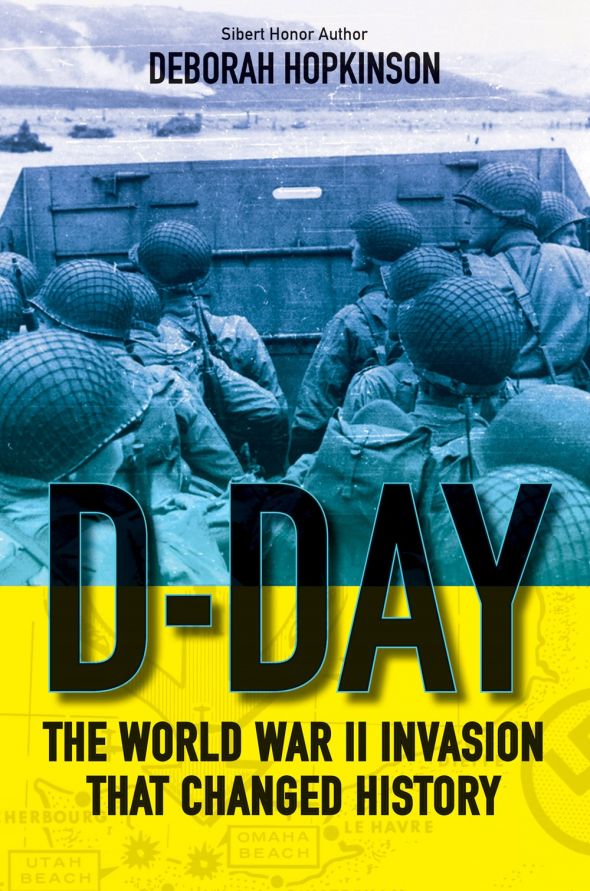
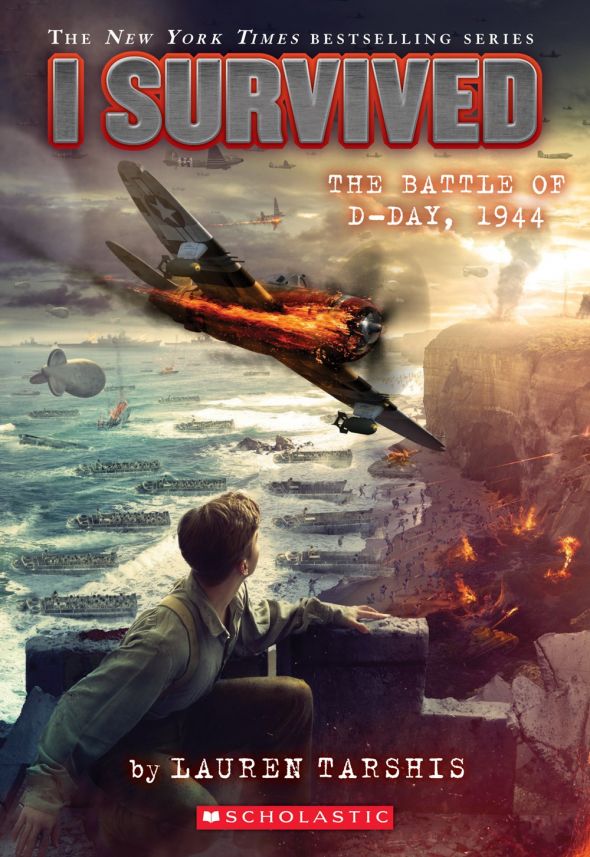

 I am constantly inspired to see how kids—even those who struggle with reading—are wildly curious about other people and far-away lands. They are ready and eager to engage in stories that will open their eyes and their hearts and challenge them to think in new ways. These are the kinds of meaningful stories that I try to tell in my I Survived series. And these are the stories that are at the core of the mission of Scholastic Classroom Magazines, where I have worked for more than 25 years.
I am constantly inspired to see how kids—even those who struggle with reading—are wildly curious about other people and far-away lands. They are ready and eager to engage in stories that will open their eyes and their hearts and challenge them to think in new ways. These are the kinds of meaningful stories that I try to tell in my I Survived series. And these are the stories that are at the core of the mission of Scholastic Classroom Magazines, where I have worked for more than 25 years. 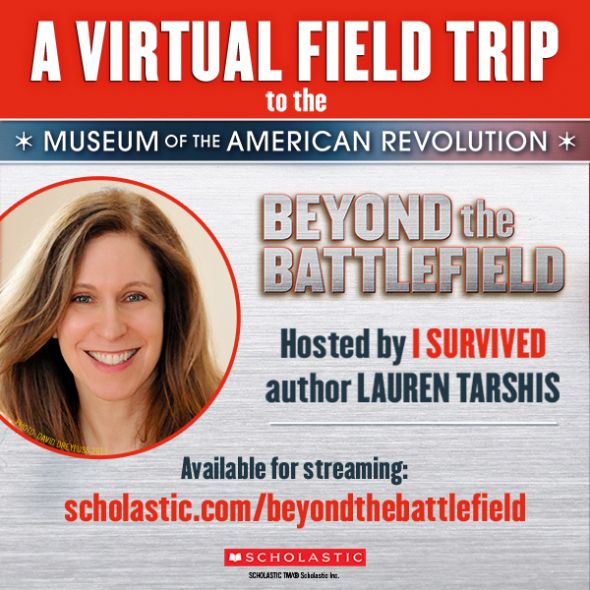 This week, we released a
This week, we released a 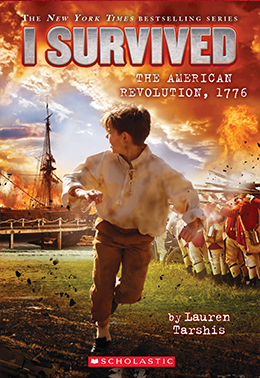 The latest installment in the bestselling
The latest installment in the bestselling 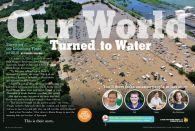 By: Allison Friedman
By: Allison Friedman